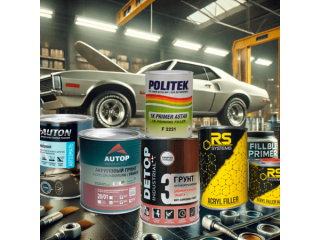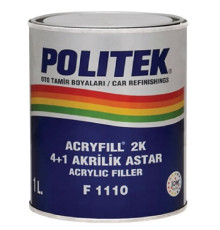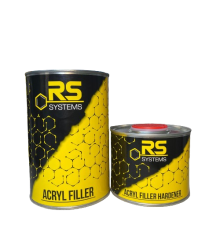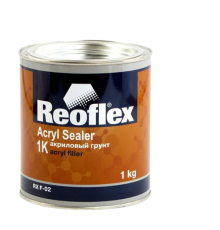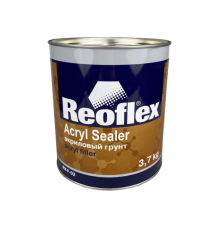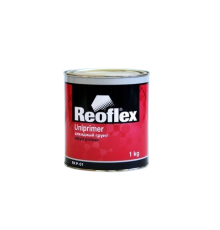An automotive primer is the foundation of a high-quality paint coating. It not only improves paint adhesion but also protects metal from corrosion, conceals imperfections, and extends the lifespan of the coating. However, when selecting a primer, it is crucial to consider its type, properties, and compatibility with other materials. In this article, we will discuss the main types of primers, their advantages, and provide a comparative table to help you make the right choice.
Types of Automotive Primers
1. Acid Primers
Acid or phosphating primers contain phosphoric acid, which reacts with metal to prevent corrosion.
Advantages:
- Excellent adhesion to bare metal.
- Prevents rust formation.
- Creates a chemical protective layer.
Best used for:
- Uncoated metal surfaces.
- Car body repair and restoration.
2. Epoxy Primers
Made from epoxy resins and hardeners, these primers provide high strength and resistance to chemicals and moisture.
Advantages:
- Superior adhesion to metal, plastic, fiberglass, and wood.
- Excellent corrosion resistance.
- High mechanical strength.
Best used for:
- Protecting car bodies from rust.
- Applications requiring additional coating durability.
3. Acrylic Primers
Based on acrylic polymers, these primers create a smooth and even surface.
Advantages:
- Fast drying.
- Easy to sand.
- Ideal for topcoat preparation.
Best used for:
- As an intermediate layer before painting.
- Smoothing minor imperfections.
4. Fillable Primers
High-density primers that fill small imperfections and scratches on the surface.
Advantages:
- Smooth and even coverage.
- Reduces the need for putty fillers.
- Prepares a flawless surface before painting.
Best used for:
- Covering minor imperfections.
- Working with plastic and metal surfaces.
5. Wet-on-Wet Primers
Allow paint application without intermediate sanding, saving time.
Advantages:
- Speeds up the painting process.
- Eliminates the need for sanding between layers.
Best used for:
- Quick car body repairs.
- When preparation time needs to be minimized.
Comparative Table of Automotive Primers
| Primer Type | Corrosion Protection | Drying Time | Ease of Sanding | Metal Adhesion | Paint Compatibility |
|---|---|---|---|---|---|
| Acid | High | Medium | Low | Excellent | Requires additional primer layer |
| Epoxy | High | Long | Medium | Excellent | Universal |
| Acrylic | Medium | Fast | Excellent | Good | Excellent |
| Fillable | Medium | Medium | Excellent | Good | Universal |
| Wet-on-Wet | Low | Very Fast | Not Required | Good | Excellent |
How to Choose the Right Automotive Primer?
Consider the Type of Surface
- For bare metal – use acid or epoxy primers.
- For smoothing imperfections – choose acrylic or fillable primers.
Assess Environmental Conditions
- If you live in a humid climate, choose a corrosion-resistant primer (epoxy).
- If you need a quick repair, a wet-on-wet primer is more convenient.
Check Compatibility
- The primer should be compatible with the paint and lacquer you plan to use.
- Some primers require an additional sealing layer.
Choose Quality Brands
- At CarPaint.kz, we offer only high-quality and reliable materials from trusted manufacturers.
Conclusion
Selecting the right primer is key to a long-lasting and high-quality finish. When choosing a primer, consider the surface material, environmental conditions, and compatibility with paint. At CarPaint.kz, you will find all types of automotive primers available for delivery across Kazakhstan and Russia.
Order high-quality automotive primers now and give your car the perfect protection and finish!

